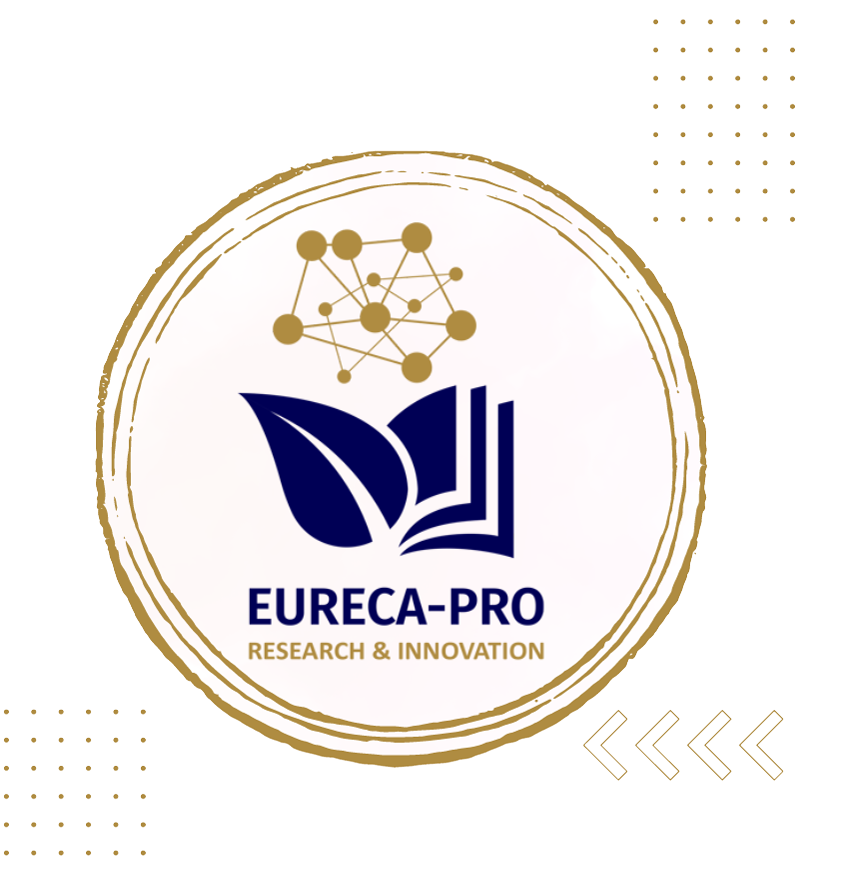Comprehensive summary of strategies, policies and case study evaluations regarding the inclusiveness of scientific communities
Action Area 2: New Human Capacity
Deliverable 6.4 | WORK PACKAGE 6 – Inclusiveness of Scientific Communities
University of Petroșani
Summary
This document presents a summary of comprehensive overview of strategies, policies, and case study evaluations related to enhancing inclusiveness within scientific communities, particularly within the context of the EURECA-PRO consortium. It is structured around several key themes, including the theoretical frameworks guiding inclusiveness, practical strategies, policies, and the evaluation of case studies from different institutions within the consortium.
1. Theoretical Frameworks:
Inclusive Culture Index (ICI): Focuses on creating inclusive cultures, evolving inclusive practices, and producing inclusive policies.
Analytic Hierarchy Process (AHP): A decision-making tool used to prioritize inclusiveness strategies.
Universal Design for Learning (UDL): A framework aimed at making educational practices more inclusive and accessible.
2. Strategies for Inclusiveness:
Creating Inclusive Cultures: Example initiatives include the implementation of Diversity Strategies and the removal of structural barriers to accessibility.
Developing Inclusive Policies: These include comprehensive policies addressing non-discrimination and gender equality, often aligned with international standards such as ISO 30415:2021.
Evolving Inclusive Practices: Continuous improvement in practices related to curriculum development, recruitment, and retention of diverse faculty and students.
Strengthening Community: Efforts focus on work-life balance, eliminating stereotypes, and building support networks.
3. Policies for Inclusiveness:
Institutional Commitment: Strong commitments through policies and leadership support are crucial.
Quantitative Targets: Use of data-driven approaches to set and monitor inclusiveness goals.
Regulatory Compliance: Alignment with national and international regulations, such as EU directives and UNESCO recommendations.
Support Structures: Emphasizing counseling services and adaptive technologies to ensure inclusiveness.
4. Case Study Evaluations:
The document evaluates various case studies, highlighting both achievements and challenges in implementing inclusiveness strategies across the consortium. Notable practices include:
Strategy on Gender Discrimination: Emphasizes legal compliance and specific initiatives to raise awareness.
Diversity Strategy: Focuses on gender equality and creating a supportive environment.
Challenges: Common challenges include financial constraints, outdated infrastructure, and gender biases.
5. Barometer of Inclusiveness:
The Inclusiveness Barometer is a tool developed to assess the level of inclusiveness within scientific communities. It includes indicators for measuring structural and digital accessibility, gender equity, and the effectiveness of diversity and inclusion (D&I) communication strategies.
Conclusions:
The document concludes that inclusiveness is a dynamic and ongoing challenge requiring continuous effort, adaptation, and commitment from academic institutions. The development and application of frameworks like Gender Equality Plans and the Inclusiveness Barometer are crucial for guiding future actions and ensuring that institutions remain responsive to the needs of their diverse communities. This summary encapsulates the document’s emphasis on the importance of strategic planning, continuous evaluation, and the commitment to fostering inclusive environments within scientific communities, aligned with both national and international standards.



